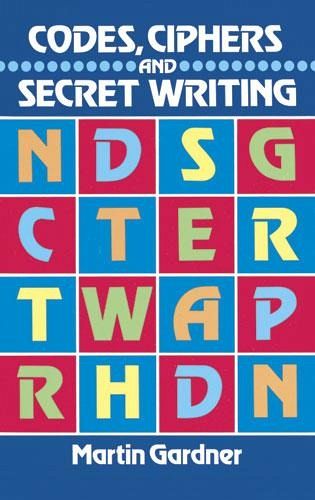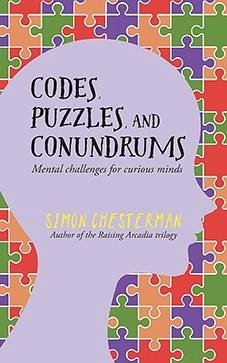
Codes, Ciphers and Secret Writing (eBook, ePUB)

PAYBACK Punkte
3 °P sammeln!
Codes, Ciphers and Secret Writing (eBook, ePUB)
Dieser Download kann aus rechtlichen Gründen nur mit Rechnungsadresse in A, B, BG, CY, CZ, D, DK, EW, E, FIN, F, GR, HR, H, IRL, I, LT, L, LR, M, NL, PL, P, R, S, SLO, SK ausgeliefert werden.













